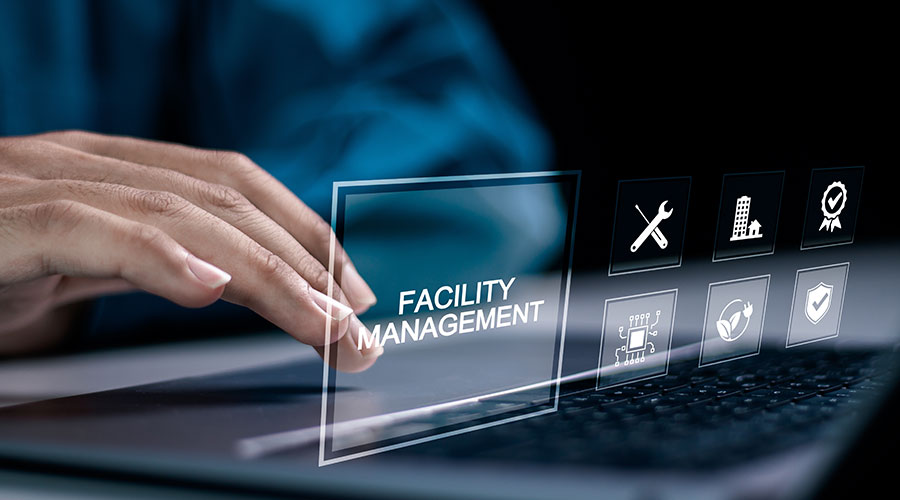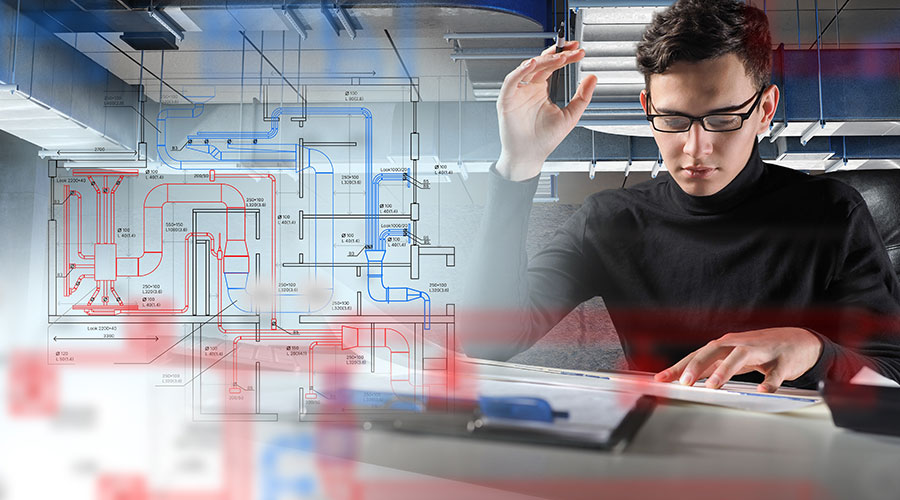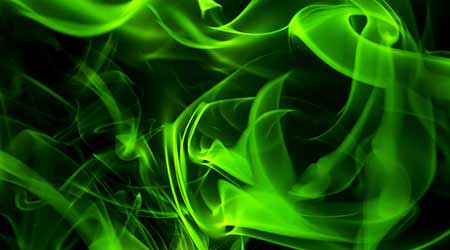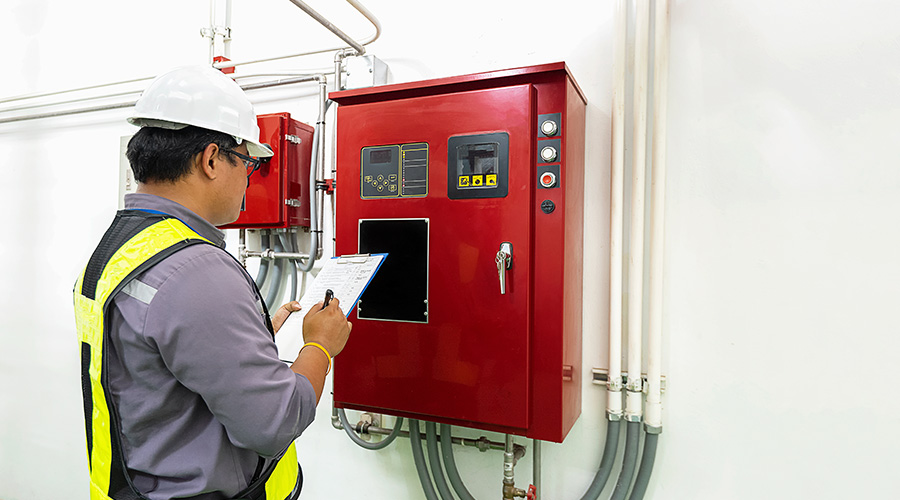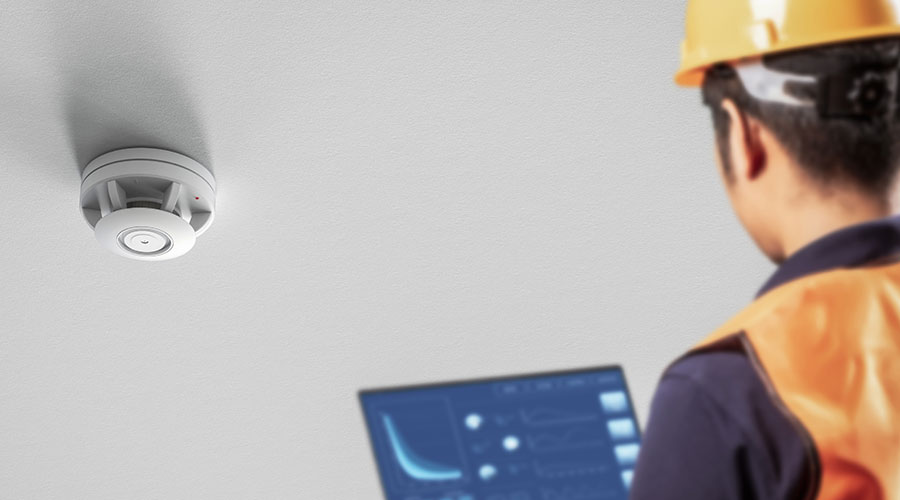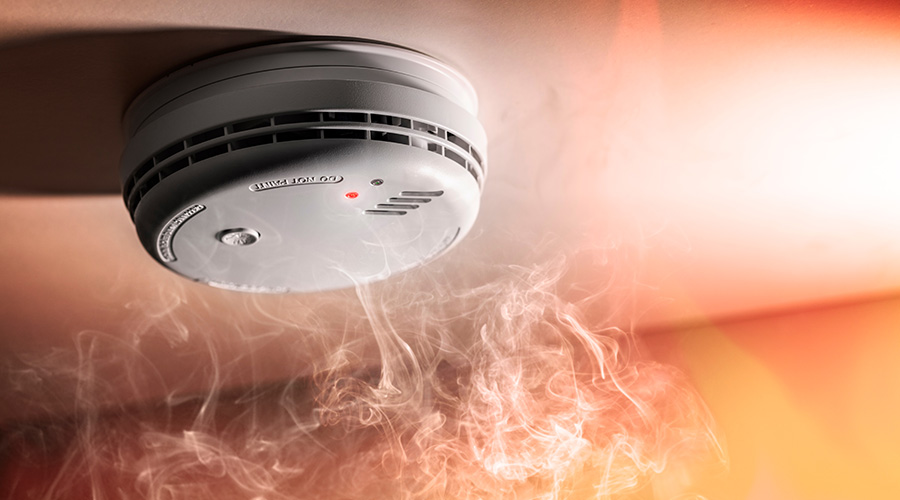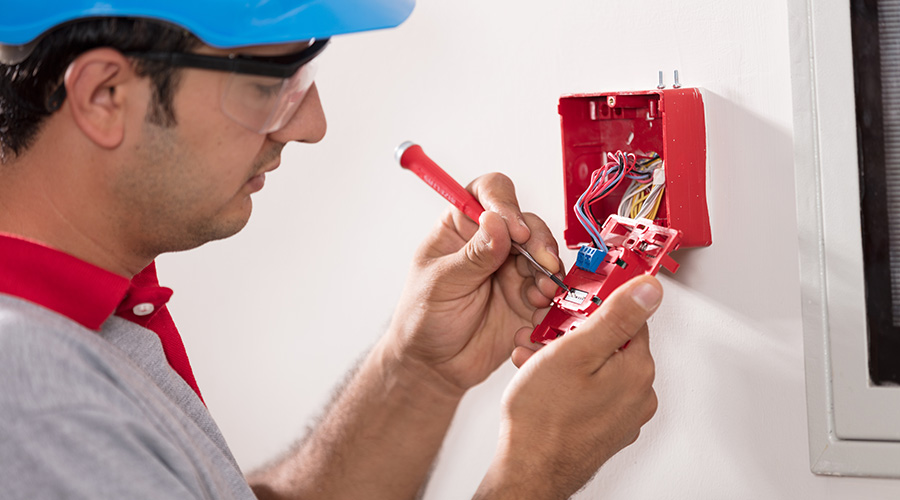Building Codes, Rating Systems Can Complicate Fire Safety, Sustainability
Two possible issues to overcome: Codes often regulate buildings piecemeal and green building rating systems don't offer credit for fire safety.
One obstacle to considering a facility in a holistic fashion can be the building codes themselves. “Regulations tend to look at a building in pieces,” Dembsey says. The reason? Breaking a facility into pieces when developing codes can make each code clearer. It’s up to facility managers to look at them both individually and in totality.
In addition, fire protection strategies often don’t receive credit in LEED and other sustainability certifications, Grill notes. That’s despite their ability to limit fire damage, and thus, the resources used if a fire occurs. For instance, when a fire occurs in a facility that isn’t sprinklered, it’s probable the building will be a total loss, Grill adds. Of course, replacing a structure and its contents consumes resources and energy.
Conversely, the vast majority of fires in sprinklered buildings can be almost completely controlled with no more than three sprinklers, Grill says. Moreover, if a fire department must respond to a fire, it often will use much larger quantities of water than a sprinkler system would. “Sprinklers are just overlooked” in many certification programs, he adds.
With some larger projects, it might even be possible to design a stormwater collection system, and then use that water in the sprinkler system. This might earn an innovation credit in a sustainability certification, Grill notes.
In addition, the certifications typically don’t recognize structural fire engineering, Grill says. He points to steel frame buildings, which can provide inherent fire protection, thus reducing the amount of fireproofing materials needed to provide a safe environment. However, they typically don’t receive LEED credit, unless the design earns an innovation credit, he adds.
The future
Even as research provides more insight to many of the questions currently surrounding fire safety and sustainability, innovation and changing structures will demand additional inquiry. One is the use of mass timber, or large, solid, or engineered wood panels, in commercial buildings that are taller than those currently allowed by code. The concept is gaining momentum, Grill says, as timber is a renewable resource. Moreover, composite materials can almost eliminate material waste.
Before it can be used, however, the timber must undergo a fire protection analysis. To offer fire protection, the timber must burn at a specific rate. At this point, the burn rates are pretty well documented, Grill says. In their designs, architects and engineers need to size the timber to make sure it retains enough structural strength even after burning for an established period of time.
Another development capturing attention is the growing interest in using low-voltage power for lighting systems. Instead of using 120-volt, dedicated electric wires, facility managers are tapping into low-voltage cabling, Solomon says. The electric code has yet to determine how to manage these approaches. Ensuring safe systems may mean requiring minimum wire sizes, and connectors that are properly designed and installed, he adds.
Even when the methods used in fire safety and sustainability initiatives are at odds, the overall goals typically align: to ensure the health and safety of a facility both today and in the longer term. A fire that damages or destroys a building exacts not only human and financial costs, but consumes many resources. By taking a holistic view and applying the knowledge of experts in both fire safety and sustainability, facility managers and owners can advance both fire safety and sustainability.
Karen Kroll, a contributing editor for Building Operating Management, is a freelance writer who has written extensively about real estate and facility issues.
Email comments and questions to edward.sullivan@tradepress.com.
Related Topics:






